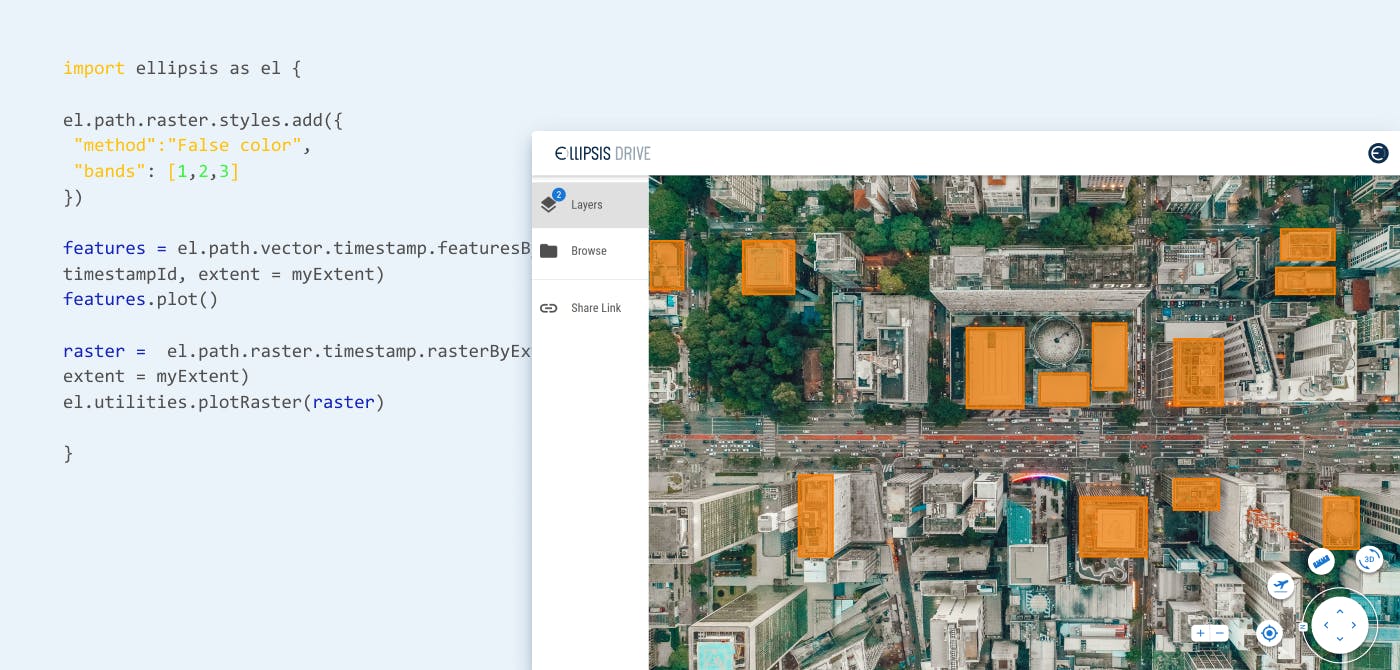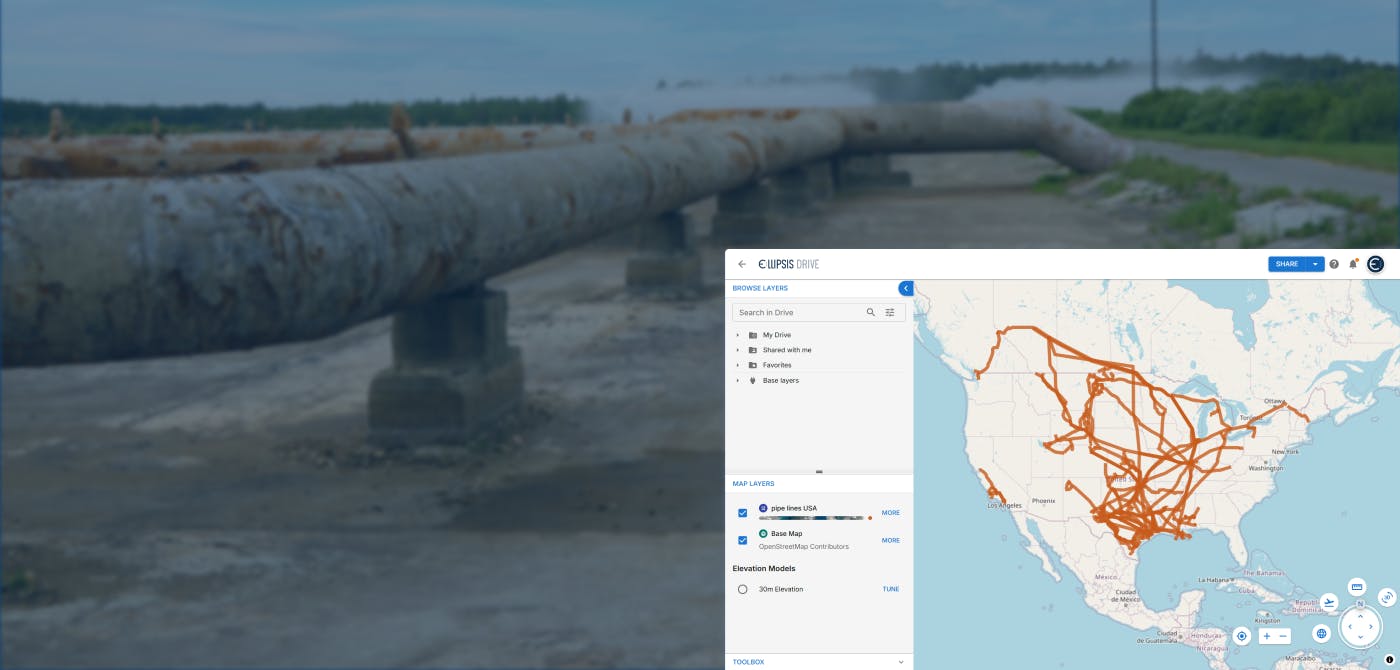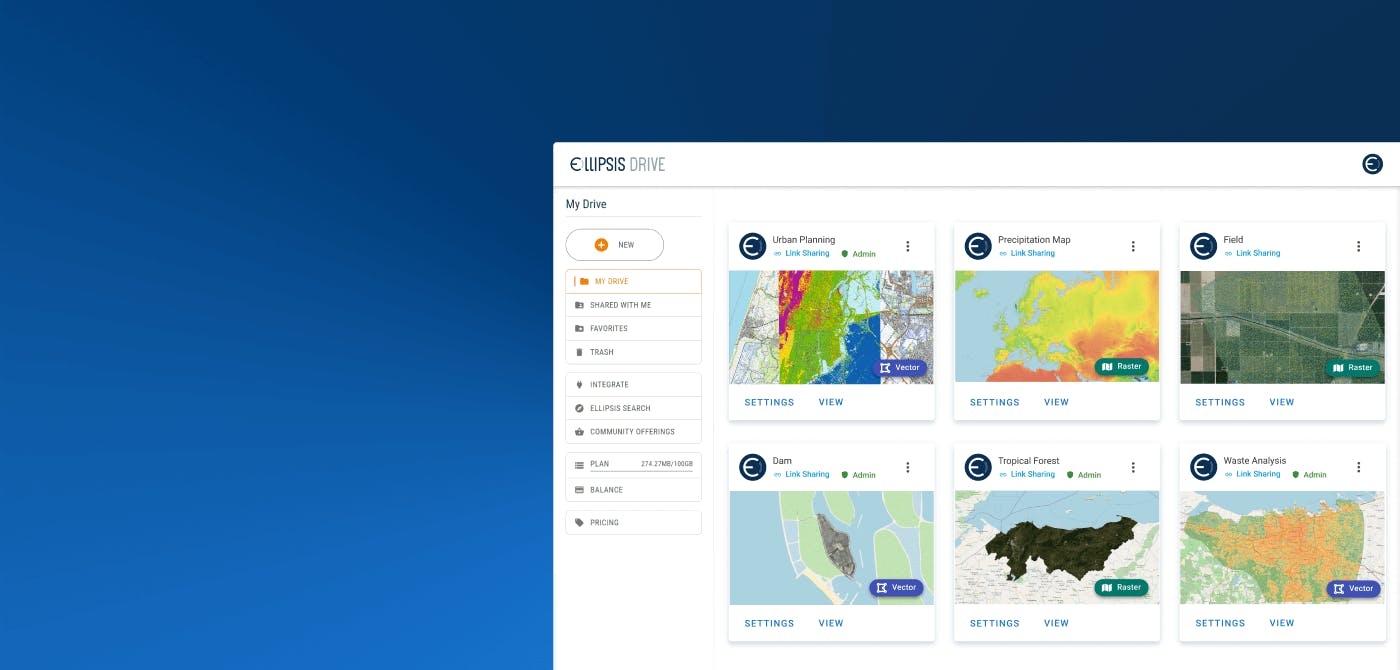Insurance Analytics
InsurTech | Transforming the Insurance Industry for Good

Contents
Introduction
The insurance industry has gone about a tremendous transformation in recent times. The information age that is our current reality, thanks to myriad technological advances, is definitely leaving its footprint on insurance companies and the stakeholders that run it.
An industry that was once seen as rigid and unshakeable has slowly loosened up in every sense of the word. Insurance companies all around the world have become leaner, smarter and swifter in their workflows.
Countless innovative technologies and insurance focus startups have changed the landscape forever.
‘InsurTech’ is the umbrella term under which this recent transformation can be put sorted. In this article, we’re diving deep on this topic to get you up to speed on the matter.
Let's go!
What is InsurTech?
InsurTech is a term derived from Insurance and Technology. The introduction of technological advancements into the insurance workflow is in essence what InsurTech is. Quite like FinTech which is the impact of technology on financial industries.
InsurTech can be viewed as a way of bridging the gap between raw technology and usable insights for the betterment of the Insurance industry and all who rely on it (you and me!).
InsurTech is changing the way in which the insurance industry goes about its business. It has added a new dimension to insurance workflows which was once unfathomable.
We all know how frustrating it is to deal with archaic insurance hierarchies as a customer (for both B2C and B2B). Specifically for the B2B scenario, the compliance and regulatory guidelines often clouding the process and add to the customer’s woes. Countless checks need to be done that are often unwarranted and involve constant back-and-forth exchanges amongst internal stakeholders.
An integral part of the InsurTech “movement” is that it has changed the perspective and narrative of the industry. Countless startups and new entrants have entered the market and have used technology and innovation to irreversibly disrupt the insurance market.These startups have hit the nail in the head and made the industry more customer centric.
An example of InsurTech that comes to mind is the KYC/Customer Identification process that is conducted online. Depending upon inputs and an algorithm, customer risk profiles can be created that would help in better policy making decisions
Artificial Intelligence and machine learning is used to create predictive models that are used for smart decision making and risk management.
IoT (Internet of Things) brings a diverse and large amount of raw data which if processed and treated correctly, can create an accurate and complete profile of the situation at hand. This can further help in underwriting, claim management etc.
We’ll speak more about the applications in subsequent sections.
The movement has further been proliferated with loosening in certain regulatory norms for these new players that has lowered the entry barrier. As a cascading effect, this has jarred the vintage players of the industry from their slumber and forced them to find new ways to improve their offerings and way of doing business.
In fact, many vintage players are partnering with startups and creating synergies throughout the ecosystem. Active investment with corporate venture arms, open innovation policies and acquisitions have become commonplace.
Why is InsurTech important in today’s world?
For one, insurance companies have incurred tremendous losses as a consequence of the growing number of catastrophic events around the world. In 2020, the losses amounted to billions as the insurance industry was left to the whims of nature. Growing climate risks are a serious point of attention for any insurance stakeholder.
It has become crucial now that insurance companies step up their game in order to better prepare against the risks of a new age. InsurTech is an ally here. The bringer of fresh, cutting edge technology that is born from today's world and created to solve today’s challenges.
Insurance Analytics is a key vertical within InsurTech. Insurance Analytics encompasses the use of real-time and historic data to make informed business decisions. It ensures a proactive approach, rather than a reactive one.
Another factor that makes InsurTech key is the evolution of the modern consumer. We live in a world of instant gratification. Customers expect instant results and solutions to their problems at an incredibly fast pace. This expectation is naturally extended to insurance products and services.
InsurTech is fast tracking the gravitation of the industry towards a customer centric approach. What do we mean by that? It means that processes and workflows are structured keeping customers as the centerpiece.
An example of this would be purchasing travel insurance with the click of a few buttons and bypassing age old procedures.
Let’s look at some applications of InsurTech within the various sectors and verticals within the Insurance industry.
What are the applications of InsurTech?
Claims Management - The claim management process is being automated and is powered by AI driven algorithms that are able gauge the severity of damages and other important factors to streamline the claims reimbursement process (and detect fraud). The process also bypasses human intervention wherever necessary, working more with a human-in-the-loop approach.
Property Management - Drones and other UAVs are being used to monitor assets covered by insurance companies.They are used to assess risk prior to policy issuance and for asset monitoring amongst many other applications.
Policy Making - Using powerful algorithms to create policies and price risk. InsurTech allows to move away from a blanket approach and allows for a much more granular one. Carefully curated policies can be created so that policyholders are charged a premium that matches their risk profile.
Fraud Detection - Understanding risk of fraud is an important part of an insurance portfolio. Algorithms are able to flag claims that are suspicious and can be investigated by portfolio managers.
Risk Budgeting - Spatial data analytics is turning out to be the backbone of many insurance companies. Stakeholders are able to map out their portfolio and use historic data to quantify their risk and budget for it, thus creating a well rounded portfolio.
Closing Thoughts
InsurTech is making waves across the insurance industry. It has been for some time. New technologies and disruptive startups continue to enter the landscape every day.
To be honest, it is one of those scenarios where there is simply no downside or losers. And why should there be a winner or loser? Aren’t we all on the same team? Trying our best to add value to the ecosystem? It is one of those rare situations in which every stakeholder involved is gaining something valuable.
Let’s leave it at this - The insurance market is moving in the right direction. Everybody wins!
Are your operations already relying on spatial data inputs? Great risk management requires great spatial data management. To learn more, just get in touch!
Liked what you read?

Subscribe to our monthly newsletter to receive the latest blogs, news and updates.
Take the Ellipsis Drive tour
in less than 2 minutes'
- A step-by-step guide on how to activate your geospatial data
- Become familiar with our user-friendly interface & design
- View your data integration options

Related Articles

Tackling Land Subsidence with Ellipsis Map Engine
Pipeline infrastructure is central to the Oil & Gas industry, enabling the safe and efficient transport of resources across long distances. But this infrastructure faces constant threats from natural
5 min read

Opportunities for the Insurance Industry (2023)
What is the difference between a challenge and an opportunity? It could be argued that they are one and the same. That a challenge is just an opportunity in disguise. In need of someone to innovate a
7 min read

How to Build a Spatial Data Catalog
Let’s start off with a hypothetical example. Say you are the manager of an Amazon warehouse and you receive an order to ship a book (maybe The Salt Path by Raynor Winn). But none of the million thing
5 min read